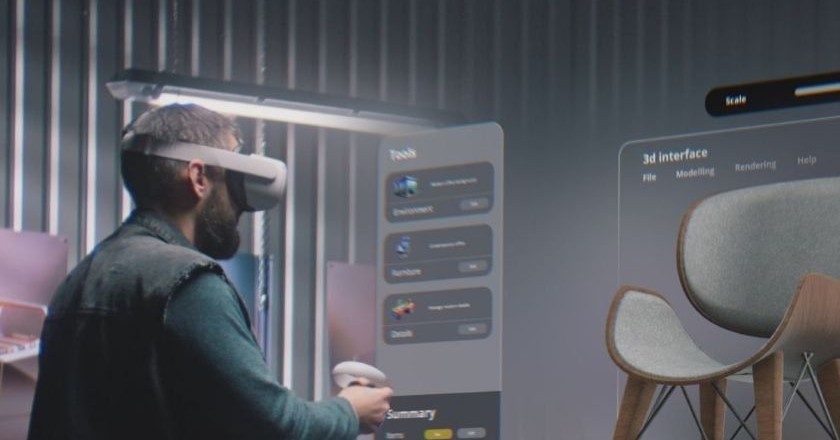Your store is buzzing with activity, and customers are asking questions left and right. What if you could be in multiple places at once—helping one customer choose the perfect armchair while simultaneously answering another’s query, all while keeping your team free to attend to other shoppers?
It may sound like a dream, but with retail chatbots, it’s possible. What started as simple FAQ responders has evolved into powerful tools that engage customers, answer their questions, and guide them through the shopping experience—all while freeing up your team.
In a competitive industry like furniture retail, finding ways to improve service and control costs is crucial. Retail chatbots help do both—making the customer experience smoother while saving your team time and boosting your bottom line.
Cutting Costs in Furniture Retail: The Role of Chatbots
Efficiency is essential in managing a retail business, and cutting unnecessary costs can significantly impact profitability. Let's take a look at how chatbots can help reduce costs and improve your operations.
Reducing Operational Costs with AI Retail Chatbots
Managing a furniture store involves juggling many tasks, from responding to customer inquiries to handling inventory updates. AI-powered retail chatbots can help streamline these operations by automating routine tasks.
For starters, retail chatbots can automate routine tasks that traditionally take up valuable time from your team. Tasks like answering frequently asked questions, providing product details, or directing customers to specific sections of your store can all be handled instantly by a retail chatbot. This frees up your staff to focus on more complex, high-value interactions, like assisting customers in-person or closing sales.
Additionally, chatbots can assist with appointment scheduling, order tracking, and even guiding customers through the purchasing process, reducing the need for additional staff or extra time spent on these tasks. By automating these tasks, retail chatbots can help reduce operational costs and improve efficiency, all while maintaining a high level of customer service.
How Furniture Retailers Are Lowering Overhead with Chatbots
Managing overhead in a furniture store can be challenging, especially with the costs of staffing, utilities, and general operations. By automating key customer journey touchpoints—like order tracking, appointment bookings, and guiding shoppers through the sales process—chatbots reduce the need for additional staff and the associated costs. Instead of relying on a large customer service team to handle every query, retail chatbots can efficiently manage high volumes of inquiries, freeing up your team to focus on higher-priority tasks.
Not only does this reduce labor costs, but it also enhances workflow efficiency, giving you more space to focus on other business areas. Additionally, chatbots help you avoid costly overtime or seasonal hires, further driving down expenses.
Reducing Customer Service Expenses

Customer service expenses can add up quickly in furniture retail, especially when every customer interaction requires significant time and attention. Chatbots help cut down these costs by automating many of the routine inquiries that would otherwise demand your team’s full attention.
Instead of having your staff answer questions about store hours, product availability, or delivery details, chatbots can instantly provide this information, reducing the need for a large customer service team. This means less time spent on repetitive tasks, and more energy devoted to more important customer needs.
By reducing the reliance on live customer service for routine tasks, chatbots also help improve consistency in responses. Every customer gets the same quick and accurate information, which leads to a smoother shopping experience.
How Technology Is Helping Furniture Retailers Achieve Greater ROI
The goal is simple—improve sales and profits. But how do you get there? Let’s take a look at how the right tech can help boost sales.
Enhancing Sales with Tailored Customer Interactions
Every shopper is different, and providing personalized service is key to turning a browsing session into a sale. Evoneer’s Store Assistant AI helps your team create tailored experiences for each customer by instantly delivering relevant product recommendations based on their preferences and browsing history.
For instance, if a customer is considering a particular sofa, Evoneer can provide the associate with suggestions for complementary pieces—whether that’s a matching coffee table or throw pillows that fit the style. By giving your staff access to this real-time information, they can quickly offer valuable insights that enhance the shopping experience without overwhelming the customer. This kind of personalized interaction not only boosts the chances of a sale but also helps build long-term customer loyalty.
Turning First-Time Buyers Into Repeat Customers
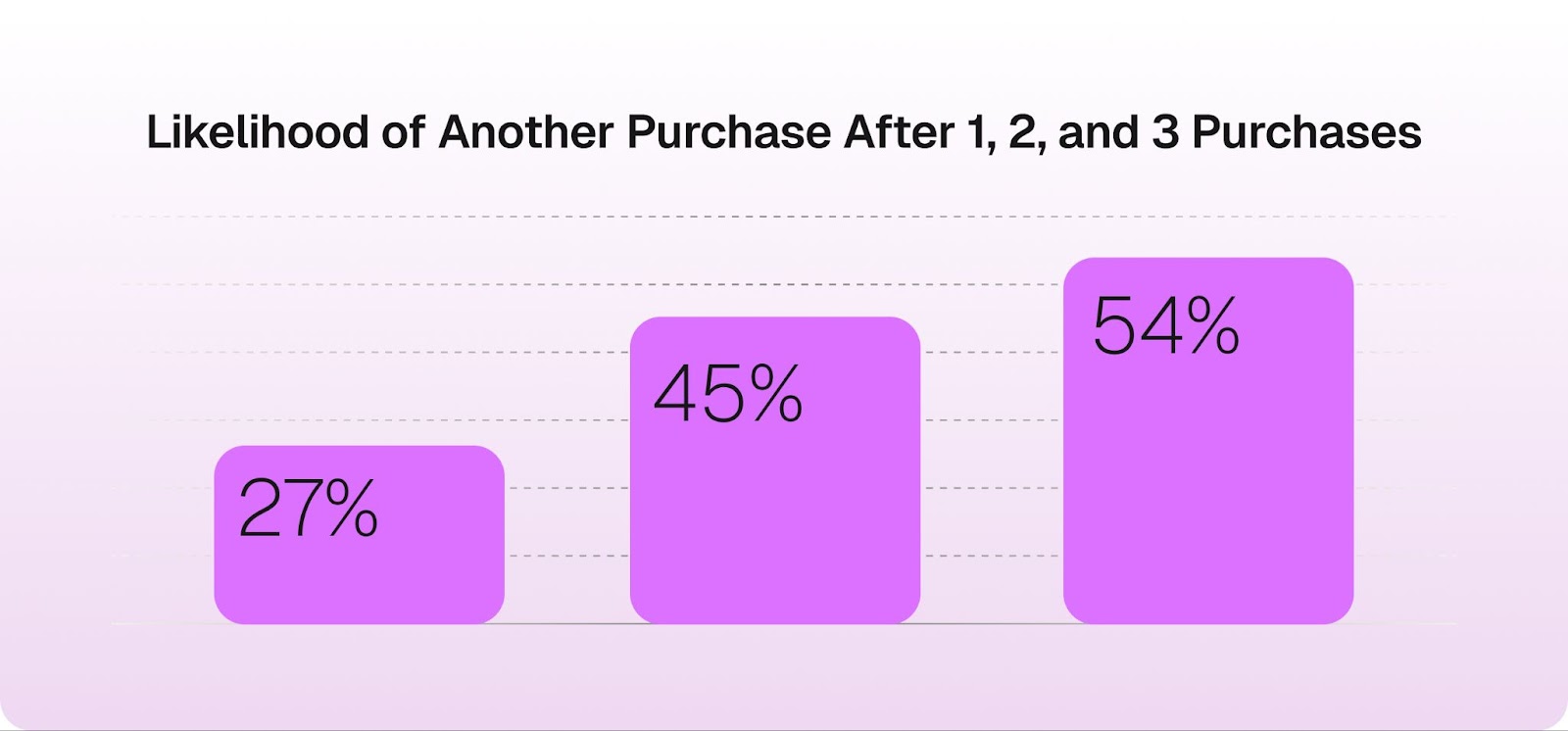
For many furniture retailers, getting first-time buyers through the door is just half the battle. The real challenge is turning them into loyal customers who keep coming back for more.
Retail chatbots play a crucial role in nurturing that customer relationship. By automating follow-ups, sending personalized offers, or reminding customers of products they’ve previously shown interest in, chatbots keep your brand in their minds long after they’ve made their first purchase.
Additionally, chatbots can help you collect feedback from customers after their purchase, giving you valuable insights into their experience and providing an opportunity to address any concerns. This proactive customer service can build trust, making shoppers more likely to return for future purchases.
By automating these touchpoints, you ensure that customers feel cared for throughout their journey, not just at the point of sale. And with repeat customers being more likely to make higher-value purchases over time, the effort to keep them engaged pays off in the long run.
How Data Insights Help Furniture Retailers Maximize Profits
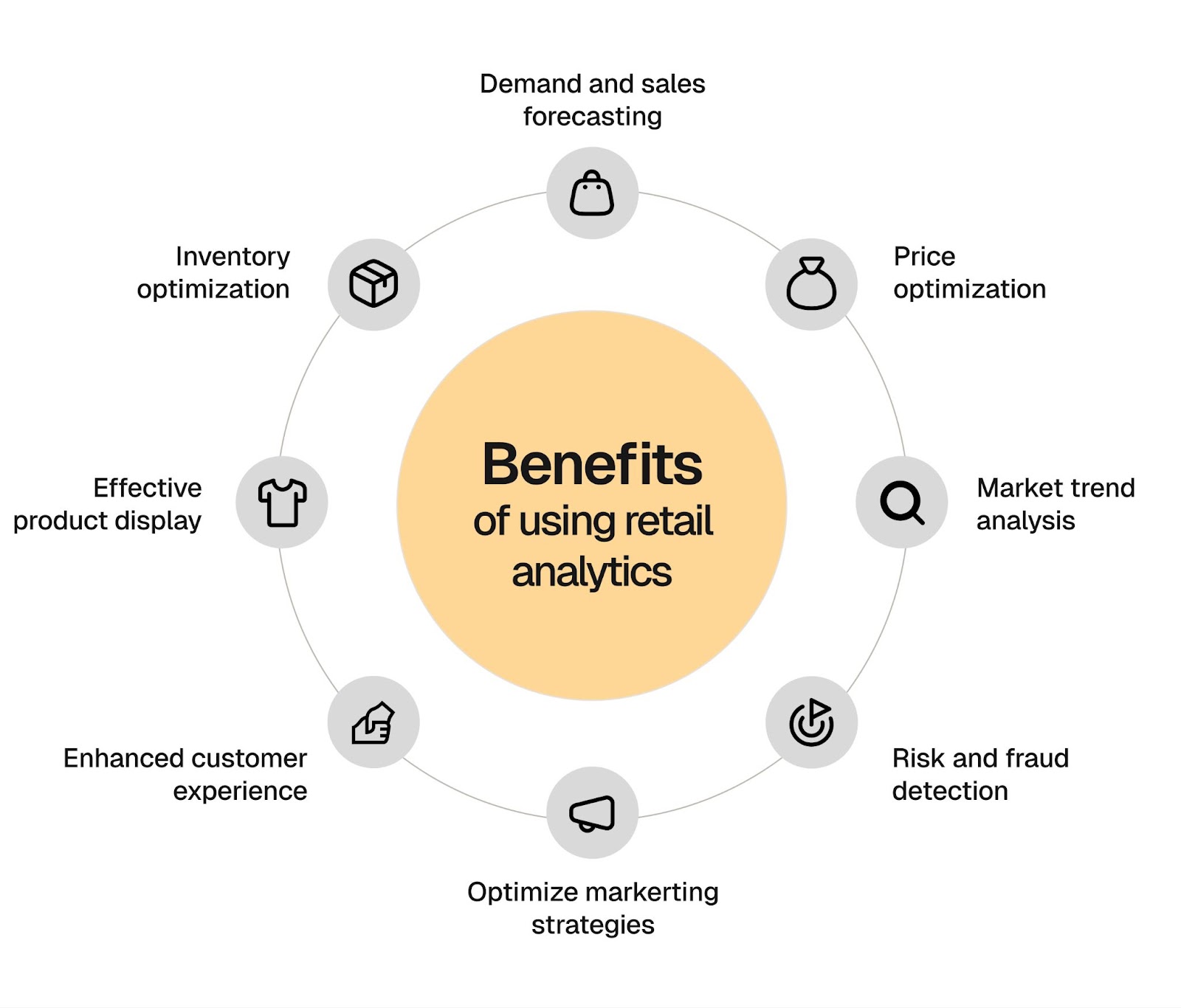
In furniture retail, the key to boosting profits often lies in understanding the insights behind customer behaviors, sales patterns, and inventory movement. With the right data at your fingertips, you can make informed decisions that help you stay ahead of trends and optimize every part of your business.
For example, analyzing customer purchasing habits can reveal trends, such as which products are popular during certain seasons or which items tend to move together. This insight allows you to stock accordingly and create targeted promotions that align with customer preferences.
When combined with inventory data, these insights help avoid the common pitfalls of overstocking or running out of stock. By adjusting your inventory levels based on real-time demand, you keep your store stocked with what customers want, when they want it, without tying up excess capital in unsold stock.
Additionally, customer feedback and sales data can pinpoint areas for improvement. Whether it's addressing a product quality concern or fine-tuning your store layout, this feedback can guide you in making the changes that will improve customer satisfaction and increase repeat business.
Overcoming the Challenges of Implementing Retail Chatbots
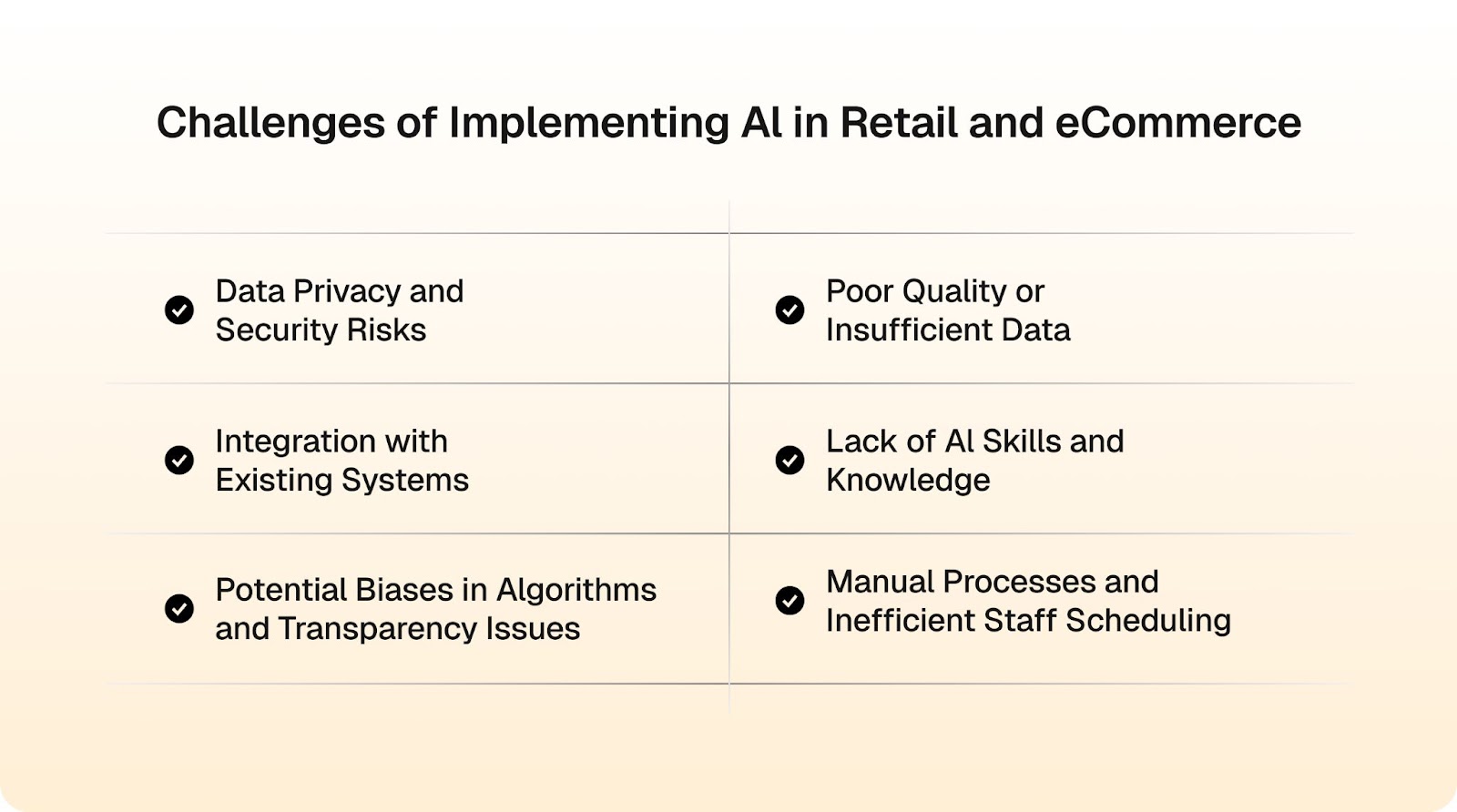
While the benefits of chatbots are clear, the journey to successfully integrating them can be tricky. Here are some of the challenges you might face and how you can navigate them effectively.
Ensuring a Smooth Integration with Existing Retail Systems
While chatbots are designed to automate and streamline customer interactions, they can only be effective if they are fully synced with your point-of-sale (POS), inventory management, and customer relationship management (CRM) systems.
- Start with Choosing the Right Chatbot
Choose a chatbot that is compatible with your store’s existing software and systems, like your point-of-sale (POS), inventory management, and customer relationship management (CRM) systems. Ensure the chatbot works well with both your online and physical store’s checkout systems. - Focus on Seamless Integration with Key Systems
Make sure the chatbot integrates with real-time inventory data, allowing customers to receive accurate stock information. It should also be able to assist with order tracking and follow-ups directly from your CRM, ensuring smooth communication and service.
- Establish Clear Guidelines for Your Team
Provide your team with clear instructions on how the chatbot will interact with your existing systems. This includes how it handles customer inquiries, manages orders, and provides product details without causing data discrepancies or delays.
- Test Thoroughly Before Going Live
Run a trial phase before launching the chatbot to identify and troubleshoot any potential issues. The more time you invest in testing and refining the integration, the more seamless the chatbot experience will be for both your team and your customers.
How to Maintain a Personal Connection While Using Automation
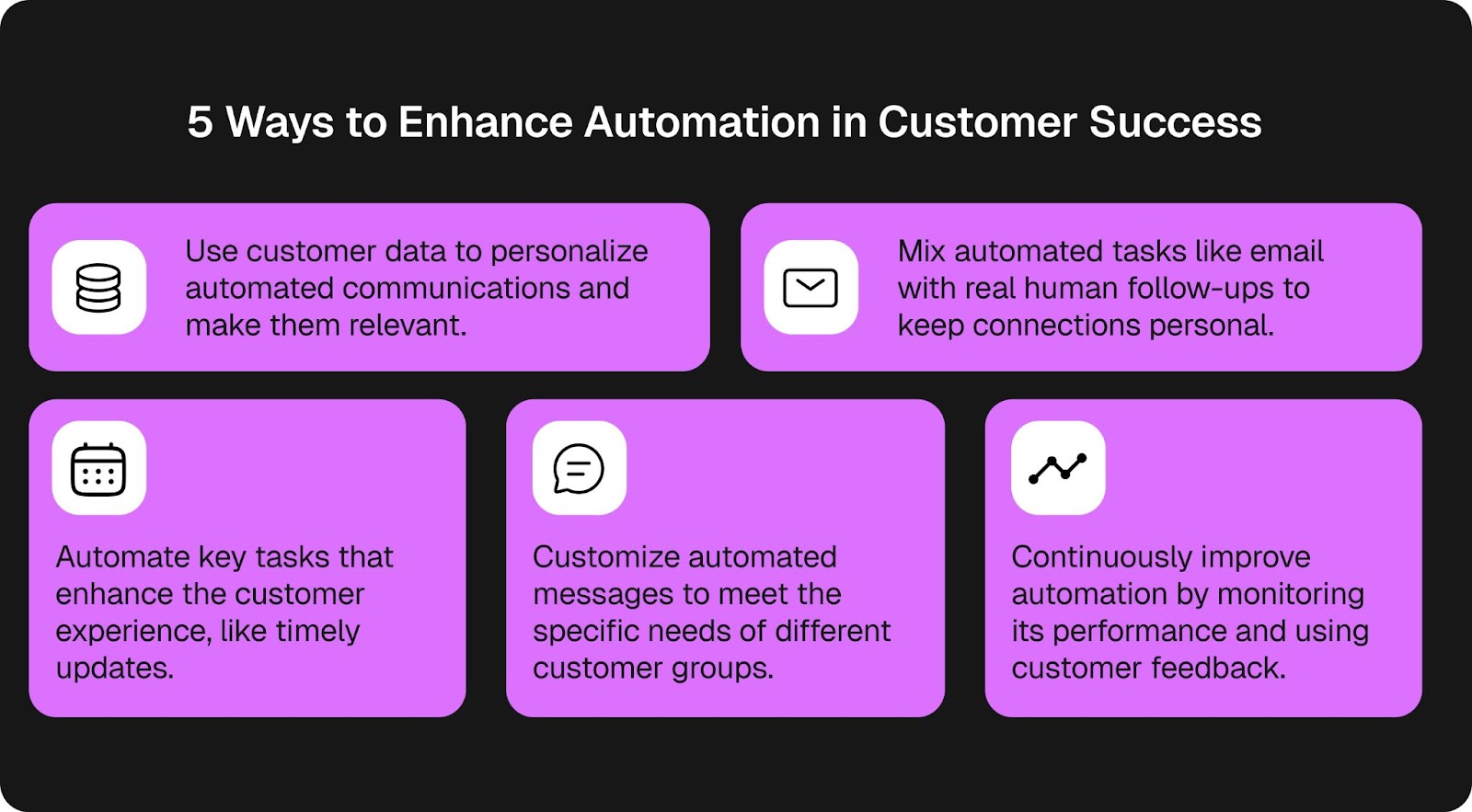
While chatbots are efficient, it’s important not to lose the human touch. Start by designing chatbot interactions that feel conversational, not robotic. Ensure your chatbot greets customers by name, asks thoughtful follow-up questions, and uses natural language. This simple touch can make a big difference in how customers perceive the interaction.
Also, provide an easy way for customers to connect with a human when needed. If a customer has a complex issue, a seamless handoff to a human agent can ensure they feel valued.
Lastly, leverage the data chatbots collect to personalize future interactions, whether that’s offering tailored recommendations or following up on previous inquiries. This shows your store is paying attention and cares about its customers.
Finding the Right Fit: Choosing the Best Retail Chatbot for Your Business
Start by considering your store’s specific needs. What kind of customer interactions do you want to automate? Are you primarily handling product inquiries, or do you need the chatbot technology to assist with things like order tracking or booking appointments?
Next, think about the scalability of the chatbot. Can it grow with your business? A good chatbot solution should be adaptable and capable of evolving as your store’s needs change.
Finally, consider the level of personalization that chatbot technology offers. Does it use customer data to make recommendations or follow up on past interactions? A chatbot that can tailor its responses will help create a more engaging experience, encouraging repeat visits and improving customer satisfaction.
The Future of Chatbots in Furniture Retail: What Lies Ahead
With rapid advancements in AI and retail automation, the role of chatbots in furniture retail is only going to grow. So, what can we expect from these tools in the years ahead?
How Retail Chatbots Have Evolved: From Simple Tasks to Cutting-Edge AI
Retail chatbots have come a long way since their early days of handling basic customer inquiries. At first, these chatbots could only answer simple questions—like store hours, product availability, or return policies. They were useful, but limited.
Now, AI-powered chatbots are far more advanced. They can engage customers in meaningful conversations, understand more complex queries, and even offer tailored product recommendations based on individual preferences and past behavior.
The technology behind these chatbots has become more sophisticated, using machine learning and natural language processing to improve their understanding and responsiveness. Today’s chatbots can not only handle common inquiries but also assist with the entire shopping journey—from browsing products to making a purchase and even following up post-sale. They’re no longer just simple tools; they’re intelligent assistants that enhance both the customer experience and retailer efficiency.
How Chatbots Will Shape the Customer Experience in Furniture Retail
As AI continues to evolve, we’re seeing a shift towards more interactive, dynamic chatbot technology solutions. For instance, tools like Evoneer’s AI Store Assistant allow salespeople to interact directly with customers while simultaneously accessing real-time information and product recommendations. This enables a more personalized and efficient shopping experience, where sales staff can provide tailored suggestions and answer questions without interrupting the flow of the conversation.
The future of chatbots in furniture retail is all about enhancing the customer journey. By integrating chatbot technology into your sales process, customers will benefit from faster responses, personalized recommendations, and a seamless experience that makes them feel valued from start to finish.
Getting Ready for Chatbots: Steps to Prepare Your Furniture Store
Setting up chatbots requires a bit of preparation. Here’s how you can prepare your store for a smooth rollout:
- Assess Your Needs: Identify the areas where a chatbot can add value—whether it’s answering FAQs, assisting with product recommendations, or supporting customer service tasks.
- Integrate with Existing Systems: Make sure the chatbot technology easily integrates with your inventory management, customer databases, and order systems to provide real-time data and accurate information.
- Train Your Team: Make sure your staff understands how the chatbot works, when to rely on it, and how to use it for more complex inquiries.
- Personalize Interactions: Set up your chatbot to respond in a friendly, engaging way. Customize greetings, responses, and recommendations based on customer profiles.
- Maintain a Human Touch: Provide an easy option for customers to reach a human agent when needed, ensuring that complex or sensitive issues are addressed with personal care.
To sum up, by automating simple tasks, your team can focus on what really matters—building relationships with customers and making sales. With the right tools in place, retail chatbots can improve your store’s efficiency, reduce costs, and make the shopping experience smoother for everyone.

.png)



















